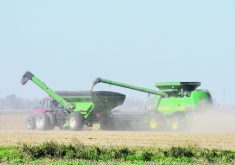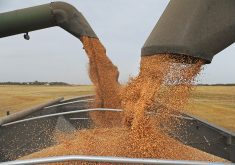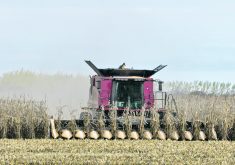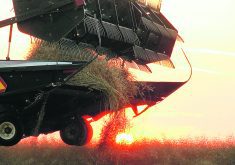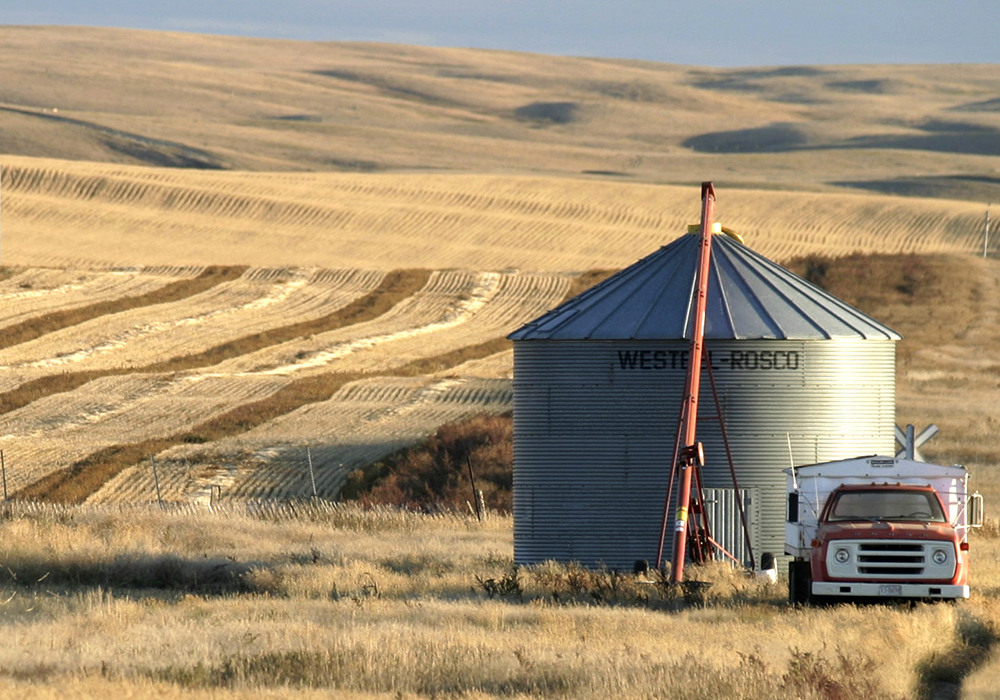ALBERTA
Seeding is almost complete across the province with rains at the end of May and start of June helping to boost soil moisture, which is adequate in most areas.
An area northwest of Edmonton is expected to be among the one percent of acres left unseeded this year.
Major crops like canola, wheat and peas were seeded in good time with growers now switching their focus to weed management and scouting for pests.
Volunteer canola is expected to become a common issue. Spraying in the province is underway.
Read Also
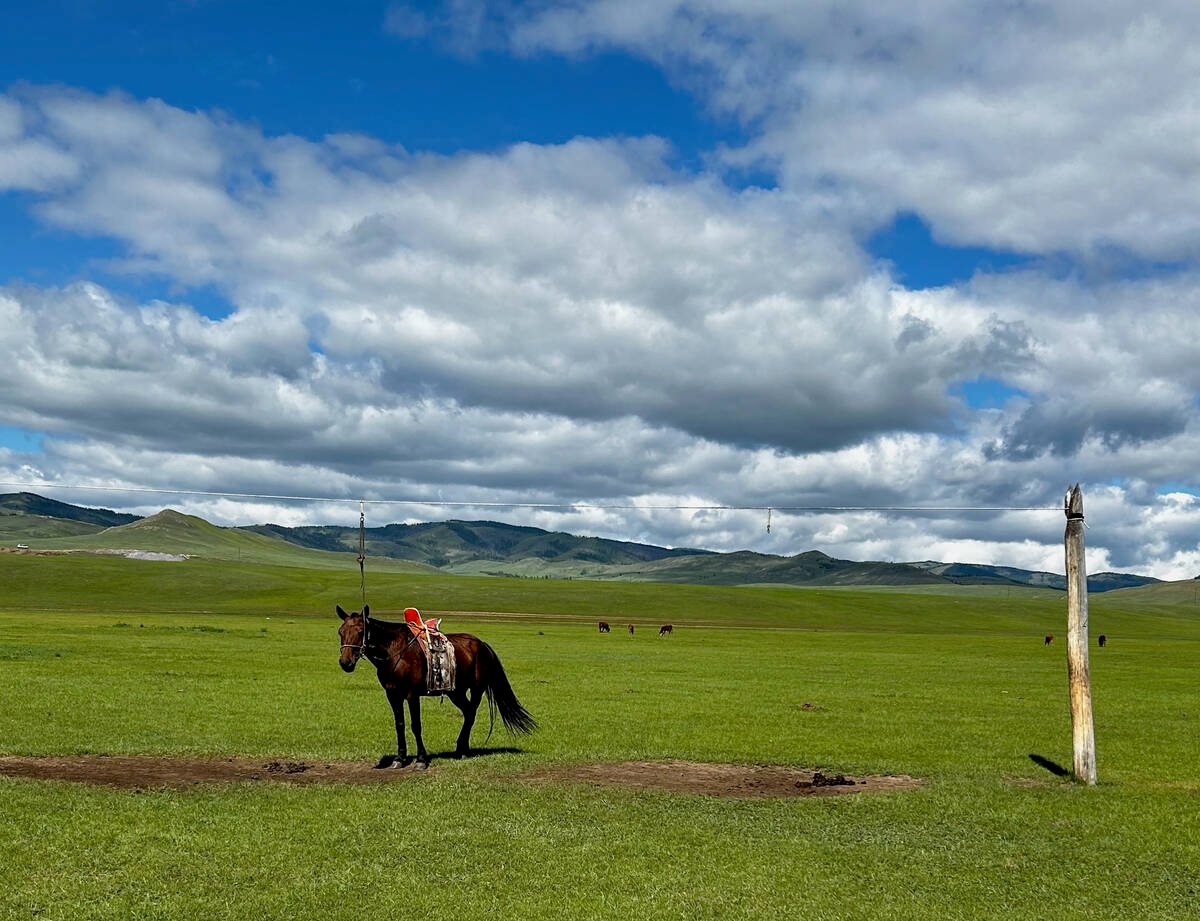
University of Saskatchewan experts helping ‘herders’ in Mongolia
The Canadian government and the University of Saskatchewan are part of a $10 million project trying to help Mongolian farmers modernize their practices.
Early signs are that grasshoppers, diamondback moths and leafhoppers, which spread aster yellows, won’t be major issues.
South
Most farmers have wrapped up seeding and are now applying herbicides.
Growers are scouting for pea leaf weevil, while there have been reports of light damage from flea beetles in some areas and more significant events involving cutworms where spraying has been required.
Recent rains in the area — Lethbridge and Strathmore each got between 10 and 20 millimetres early last week — helped emerging canola crops which were seeded into dry soils.
Central
Growers in the region have completed seeding with good to excellent emergence reported and canola crops nearing the three to four leaf stage.
Producers have started spraying crops and there has been a report of economic losses from cutworms.
Northeast
Farmers have crops seeded, although soil moisture lags other parts of the province.
Recent rains across the region have helped, but crops, hay and pastures could use more.
Cool temperatures and winds have slowed crop deterioration.
Northwest
Farmers were wrapping up seeding last week and moving on to herbicide applications.
Rain in the early part of the month means some fields in low-lying areas could remain unseeded this year.
Crops are germinating, but require warmer weather.
Volunteer canola is reported as being an issue and growers have spotted aster yellows that survived the winter, although not the leafcutters which spread it.
Peace
Only a small fraction of acres remained to be planted last week. Some areas have received more than 25 mm of rain since the crop was seeded, with heavy rains bringing as much as 60 mm in some spots, delaying seeding in the far north.
Soil moisture is said to be adequate in most areas with canola, pea and cereal crops emerging and advancing well, many of which have already been sprayed once.
SASKATCHEWAN
Seeding is near completion across the province with more than 80 percent of the crop by June 3, matching the five-year average.
Crops are generally said to be in excellent condition, although some emerging plants are behind normal development due to cool and wet conditions.
South
Rains have slowed seeding, which lags the rest of the province, causing concern for growers in the northeastern part of the region dealing with excess moisture.
Early seeded crops are in good shape, but development has been slow in some areas.
Significant rainfall — the Radville and Coronach regions each saw more than 100 mm at the start of the month — has damaged some emerging crops, although topsoil moisture is generally rated as adequate.
In the southwest, some growers are reseeding winter wheat fields while those who completed seeding are beginning to spray.
Central
Good conditions have seeding of canola, wheat and pea crops completed in the east-central part of the province, ahead of the five-year average of 75 percent by June 3.
Rain may have delayed seeding for some growers but moisture levels are overwhelmingly rated as adequate.
Frost and wind caused damage in east-central Saskatchewan and there are reports of damage from flea beetles and cutworms.
North
The region received rain late last week, but previous warm and dry weather meant growers had most wheat, canola and field pea crops already seeded.
While excess water has created access issues for some growers, many regions across northern Saskatchewan received only marginal amounts of rain at the start of the month.
Early seeded crops are reported to be in good to excellent condition. Fall seeded crops are in good shape, but many spring fields have been slower to develop.
In some spots in the northwest, flea beetles and winds have damaged young crops that have already emerged.
MANITOBA
Seeding is nearly complete with operations in some areas delayed due to rain. In these spots, seeding progress varied last week, some below 80 percent seeded, and there is concern from growers about the effect rainfall will have on crop emergence.
Uniform emergence is generally reported in early seeded fields, although cool temperatures have slowed plant development.
Southwest
Seeding operations are wrapping up, although progress lags in areas near the U.S. border, which received between 50 and 100 mm of rain at the start of the month, meaning some growers had as little as 40 percent seeded.
In the northern part of the region, progress is further along with only smaller feed grains and silage acres left to be planted.
Frost was reported early in the month when temperatures dipped to -3 C. While there were reports of damage to grain corn and canola crops, most growers are unlikely to reseed.
Winter wheat fields are in the three to five leaf stage and are reported to be in good condition, although as much as 80 percent of the winter wheat crop is being reseeded this year.
Rains boosted pasture and hay growth and most cattle are now in pasture.
Northwest
Producers were assessing crops for frost damage following below normal temperatures last week.
Across the region, most growers have wrapped up seeding with some spots near Ethelbert and Fork River left to be planted.
Emergence for most crops is even although cool temperatures are slowing development.
Growers are starting herbicide applications.
There have been reports of flea beetles, although none have required spraying.
Hay land and pastures are rated in good to fair condition.
Central
Many producers are done seeding, although rains at the start of the month mean fields in the western part of the region required time to dry.
Growers there were behind in seeding, many less than half complete, although there were reports activity had restarted in the Langruth area.
Producers still seeding have been planting soybeans before canola, due to AgriInsurance deadlines. Others have been switching edible bean and soybean acres to canola, which is broadcast and harrowed.
Growth is slow due to cool temperatures, with spring wheat and canola at the two leaf stage at the start of the period.
There are reports of damage from standing water and farmers are evaluating fields for seed rot due to moisture.
As much as half of the winter wheat and fall rye acres are being reseeded in the area, many of which are being replaced withfeed wheat.
Excess moisture is an issue on some pastures, but conditions are generally good.
Eastern
Seeding of major cereal, pulse and oilseed crops is nearing completion with good soil moisture after rains at the start of the month brought between 19 and 50 mm to the eastern part of the region and as much as 42 mm and 50 mm to the northern and southern parts.
Cereal crops have emerged and most are at the one to three leaf stage and growers have started spraying.
Frost was a concern, but damage was minimal.
Interlake
Rains near the start of the month didn’t slow growers in the region, who had only a fraction of the crop left to seed at the start of the period.
Growers in the south Interlake area were spraying winter wheat fields as early as two weeks ago.
Spring cereals have emerged with some already at the three to four leaf stage.
There were reports of frost at Ashern and Arborg, and producers were scouting for damage.
Livestock producers are feeding cattle in pastures and require warmer temperatures following recent rains.



